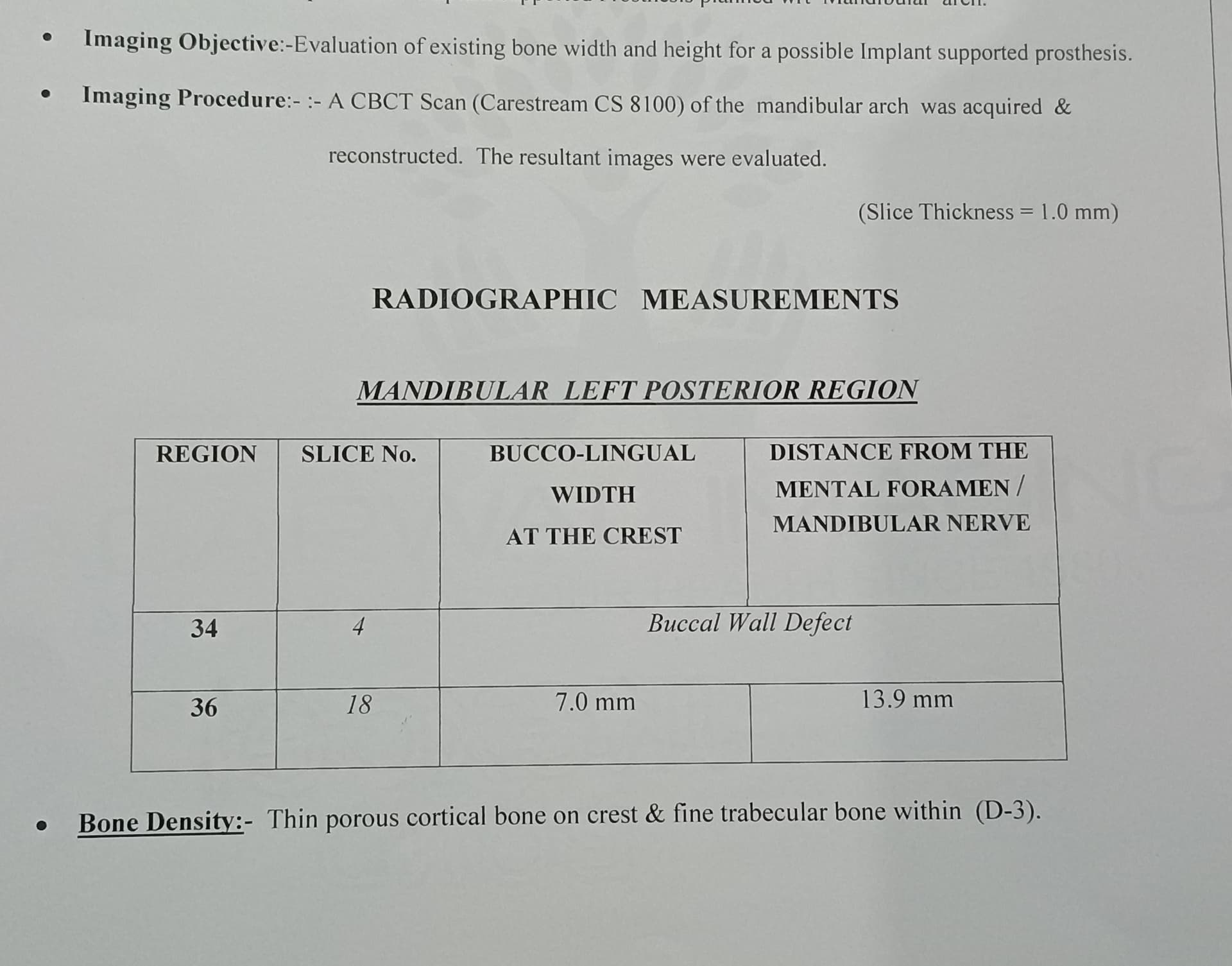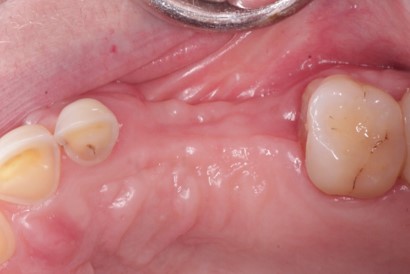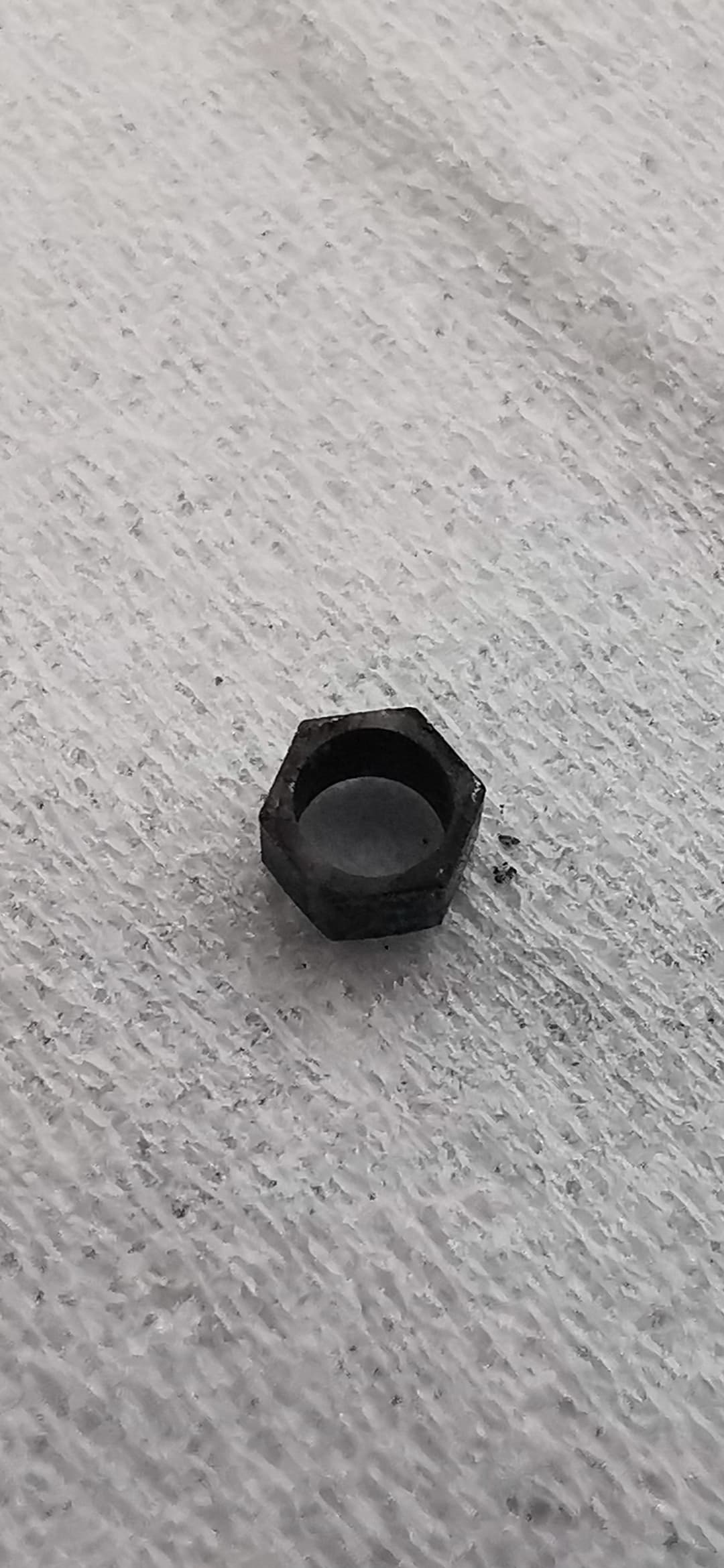Deformed Implant Fixture: What is the Protocol?
Anon. asks:
I have a patient who had 3-unit fixed partial denture dislodged from 2-implant fixtures placed in the #30 and 28 areas. The dental implant fixture threads have been deformed. I think the actual internal form of the abutment screw channel has been physically deformed. I would like to restore this case using custom abutments that I can cement into the abutment channels and then treat the case like a fixed partial denture on natural teeth. Can anybody recommend a protocol for doing this?
6 Comments on Deformed Implant Fixture: What is the Protocol?
New comments are currently closed for this post.
Fredrick Shaw
1/22/2008
What implant system and abutment connection do the implants have? This will determine what bailout you may use to remedy the problem.
Dr. Jon
1/22/2008
try the way jerry niznick used to do it, large cast post and core and cement it!
Dr. Gerald Rudick
1/22/2008
Dr. Jon has said it....try Dr. Niznick's way...cast a post and core...correct.....
However, an implant is not a root which is almost always supragingival.....an implant for the most part will be subgingival, so you have to deal with the ginival tissues, and possibly bleeding.
Before the days of angled abutments, off angled internal hex implants could be made functional by placing the available castable plastic blank....which could be still available through Dr. Niznick at Implants Direct.com or Zimmer.
The question has been raised as to the type of implant in question with the damaged threads Dr. Shaw)....there are also available mini tapping sets, which the lab uses to clean out the threads on a cast abument after removing it from the investment.
Getting a hold of a failed implant of identical pedigree will allow the operator to fabricate a plastic blank in vitro, and then cement directly into the implant.Try the plastic blank you create in the mouth before casting!!
Good luck
Gerald Rudick DDS Montreal
Gary D. Kitzis DMD
1/22/2008
You might be able to get a tap to match the threads of the abutments that you can gently ease into the screw channel and re-tap the threads. In all probability, only the most coronal one or two threads were damaged and the apical ones are fine because thread damage rarely occurs until only a couple of threads remain. I am willing to bet the coronal threads were damaged because the abutment screws got loose and damaged the coronal threads just before the screw pulled out of the channel.
The implant manufacturer may have a "rescue kit" which would be very helpful. If a tap is not available, you can take a healing abutment (it is a relatively inexpensive component), and using a rubber wheel, carefully taper the apical threads and carefully screw it into the implant in the same manner as using a regular tap--when I say regular tap, I mean like a tap for metal, not as you would tap an osteotomy. Be sure to thoroughly clean the abutment threads before bringing it to the implant. The taper will enable the screw to engage the deeper threads and pull the screw into the channel. You should screw it in and out a little at a time and you may need a few healing abutments (the threads may wear as you do this) to re-create a decent thread in the implant. After several insertions, you should be able to fully insert a normal new healing abutment. Once you have that, all you may need to do is change the abutment screw on your present abutment and replace the original bridge.
You should look up screw thread design and screw thread properties on the internet to get some background on threads and how they absorb and distribute forces. In general, six threads are as good as an infinite number in absorbing loads. (Anybody else take metal shop and mechanical design?)
Because the threads have been previously distorted, you can prep the abutment in the usual fashion, or possibly use the old one, and after re-forming the threads in the channel, cement the new screw to secure the old or newly prepared abutment with a low viscosity cement. I would screw in the new abutment screw with slightly less than the normal torque if the threads are truly fragile, but the apical ones are probably okay. The lower screw torque won't matter because you are cementing the screw in place. It may be helpful to elevate a flap to have a completely clean area for cementation and cleaning off excess cement.
This procedure could be a morning in hell. If you have doubt that you can accomplish this, refer it to someone who has experience in "rescue operations." You and your patient will be glad you did.
R.N. Ruff DDS
1/24/2008
I was a journeyman tool & die maker before I went to dental school. I agree with Dr Kitzis accept for the "the morning of living hell". This should be a simple couple minute procedure. Just get a bottomong tap from the implant company, or if it were me, I would contact a tool company and order it from them. eg MSC or Enco. Retap the defect and resore just like it never happened.
serge goldmann
2/3/2008
it could be also worth to ask yourself what happened in this case. perhaps the occlusal forces are so high (bruxism?) that you'll retreat your patient by the same way that fail the first time. i.e you'll receive a second failure. perhaps all the precedent comments are good just to re-use the same implants, but it could be also wise perhaps to add one more implant, to improve mechanical properties of your construction. hope it's helpful. good luck


















